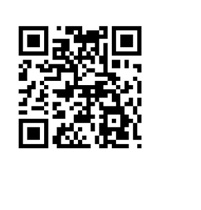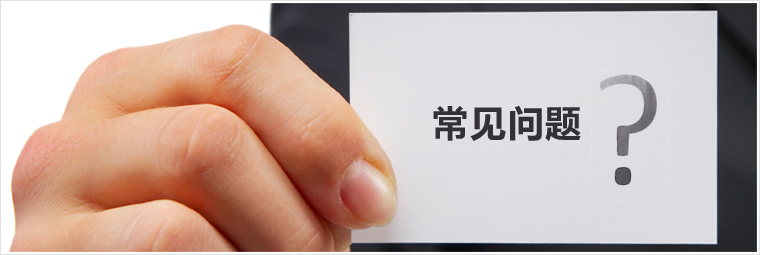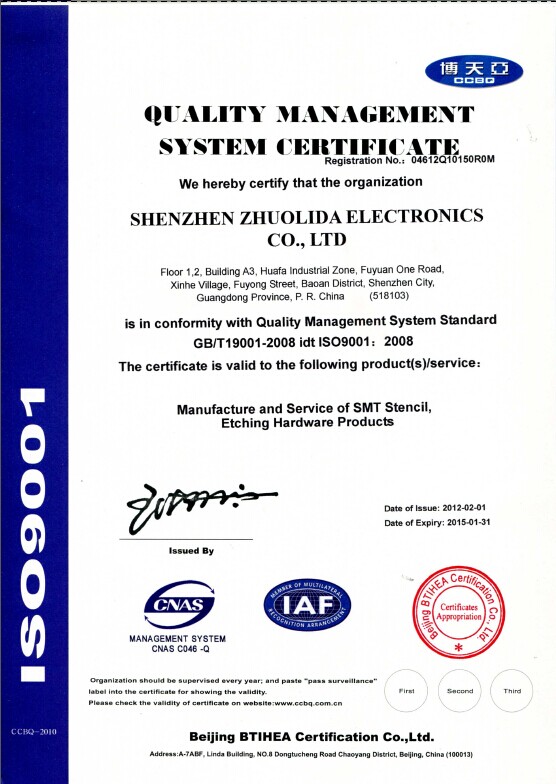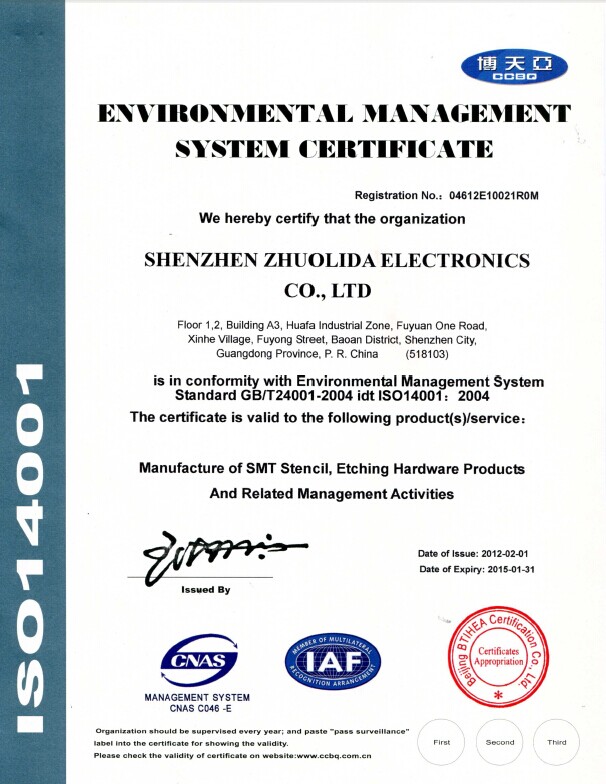
- Scan to download[More]
Location:Home » FAQ


- Design Considerations
- 1.Material Selection 2.Part Geometry Considerations 3.Tolerances 4.Selective Etching 5.Tabs 6.Data Creation and Transfer
- What kind of technology shall we use when do the metal machining?
- If there is no specification of the tolerance, and the quantity is large, you can choose stamping. But if the tolerance is high, and the quantity is small, you can choose the chemical etching.
- What is your lead time?
- Sample production time: 3-5 days, delivery time is 3-5 days; Mass production time: 15-20 days. According to production plan.
- The smallest hole you can make for the valve plate?
- according the material thickness. Smallest hole will be 0.1 mm when the material thickness is no more than 0.05 mm.
- About Stainless steel mask plate material
- Stainless steel mask plate material generally mainly use SUS304, main index to be flat, smooth, glabrous. For stainless steel mask, some places need to have corrosion surface., Therefore, stainless steel TA performance was still important.
- which areas are the RFI and EMI shielding apllied to ?
- Julid is experienced in developing, manufacturing and improving custom RFI and EMI shielding. Shields can be manufactured exactly to your desired specifications. Shields can be etched as flat pieces with or without etched bend lines to ease forming at your facility or we can form at our in-house forming department. Part numbers, logos or other identification can be included on your shields as well, further developing the shielding to your requirements.
- When should one use Photochemical Machining?
- • Reduced Set-Up Costs (only cost is a phototool) • Rapid Turnaround (ideal for prototyping new projects) • To Avoid the Expense and Time Delay for Secondary Operations (no need for deburring or annealing) • To Create Parts from Difficult-to-Machine Materials like Titanium • Precision, Precision, Precision • Repeatability, Repeatability, Repeatability














